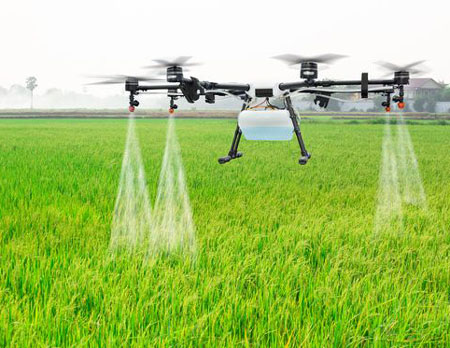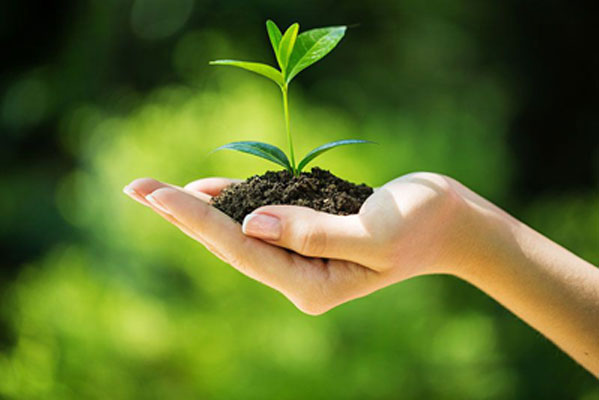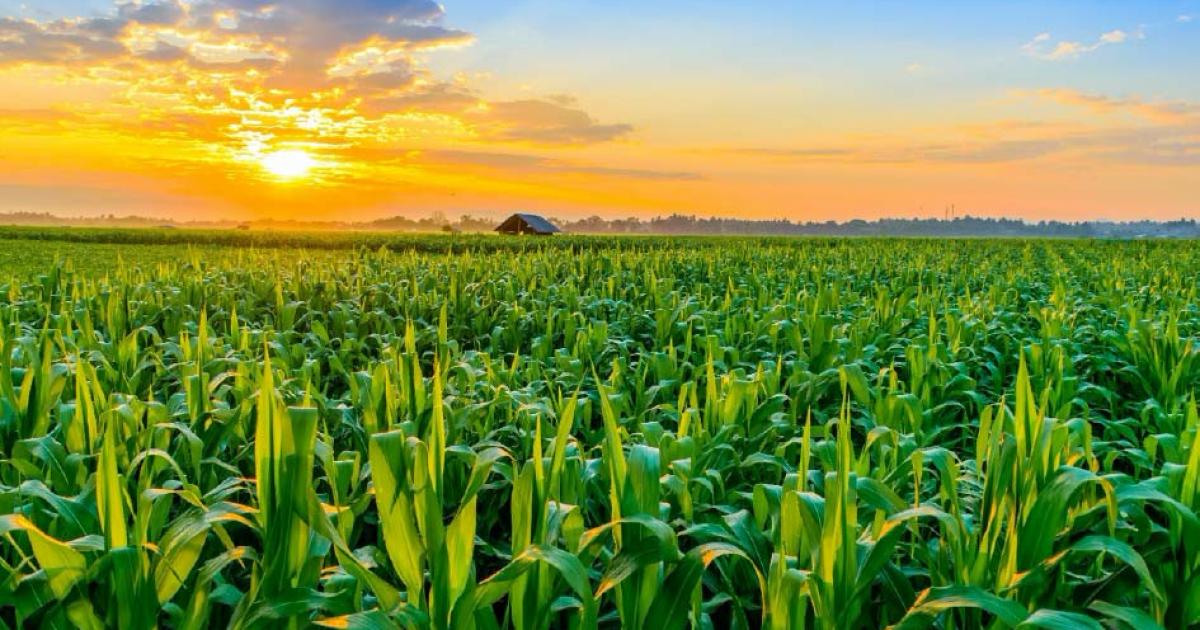Crops
Chilli

Chilli
Chillies (Capsicum spp.), native to Central and South America, were introduced to the rest of the world after Christopher Columbus's voyages in the 15th century. They quickly spread to Asia, where they became integral to culinary traditions, especially in India.
Global Area and Production
Chillies are grown on around 2 million hectares worldwide. India is the largest producer and exporter of chillies, contributing about 35-40% of global production. Other major producers include China, Mexico, and Thailand.
Uses of Chillies
- Culinary: Chillies are primarily used as a spice to add heat and flavor to dishes. They are consumed fresh, dried, or powdered.
- Medicinal: Chillies contain capsaicin, known for its pain-relieving properties. They are also rich in vitamins A and C.
- Industrial Uses: Chillies are used in the production of chilli oil, sauces, and pharmaceuticals.
Chilli Cultivation in India
Major Producing States
India's leading chilli-producing states are Andhra Pradesh, Telangana, Karnataka, Madhya Pradesh, and Maharashtra. Andhra Pradesh alone accounts for over 50% of the total chilli production in India.
Climate Requirements
- Temperature: Chillies thrive in warm climates, with an ideal temperature range of 20-30°C. They are sensitive to frost and require plenty of sunlight for optimal growth.
- Rainfall: Chillies need moderate rainfall (600-1,200 mm annually) and perform best in regions with well-distributed rainfall during the growing season. Excess moisture or waterlogging can harm the crop.
Soil Requirements
Chillies prefer well-drained loamy or sandy loam soils rich in organic matter. The ideal pH range is 6.0 to 7.0. They require good soil aeration and do not tolerate waterlogged conditions.
Blog
Explore Our Blog
About Us
Welcome to Agriplaza
Welcome to Agriplaza. India's first and only comprehensive digital platform dedicated to agriculture and farmers. Explore widest range of related data our figures speaks a lot.
559752
Visitors
239
Diseases
131
Pests




